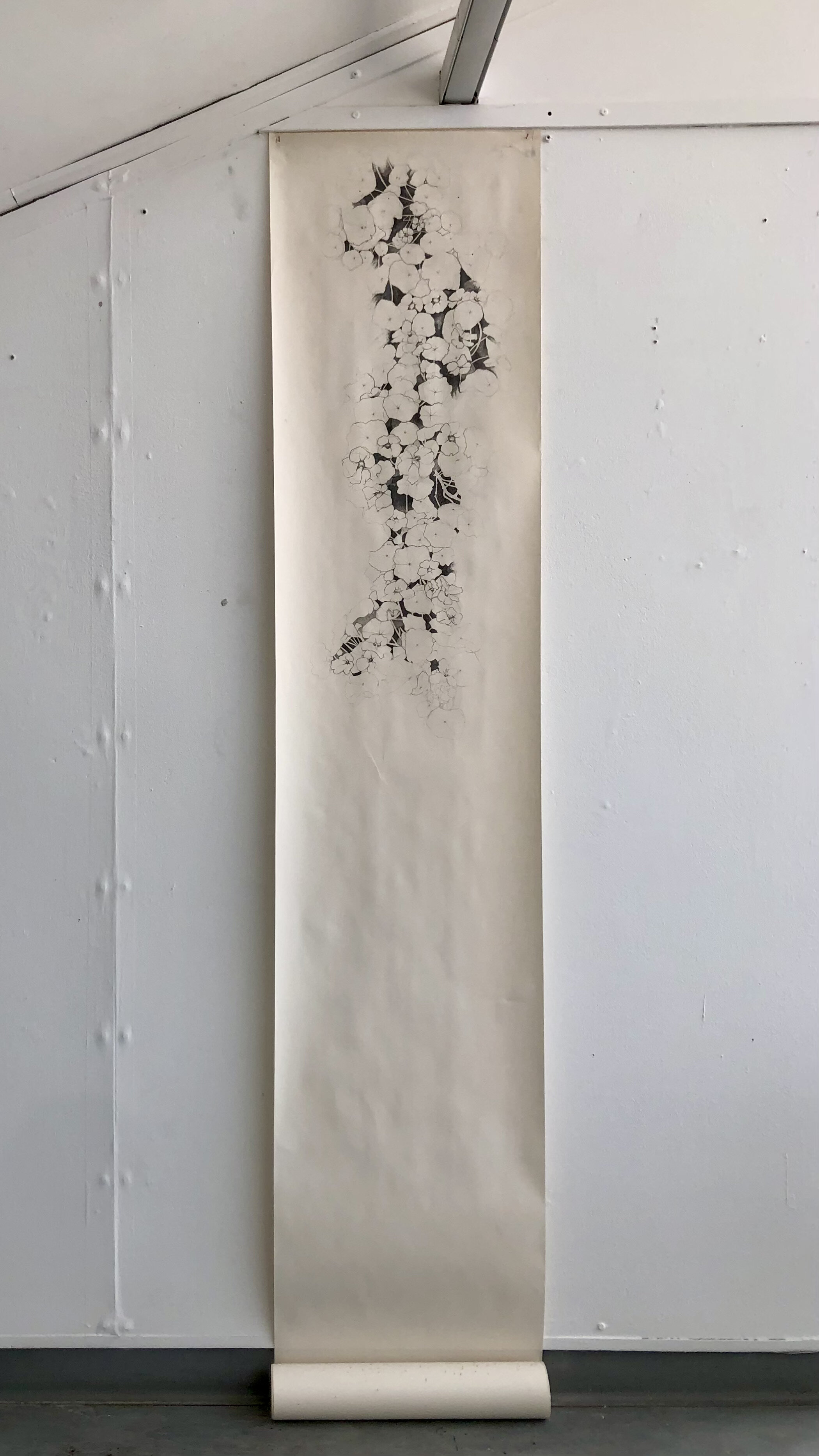REFLECTION: Forced Isolation
UNREALISED WORK
Last month, my participation in a group show with MA Fine Art UCA, Farnham came to a halt due to the need to isolate under COVID 19 rules. While on route to Safehouse 1, it became apparent the proposed work could not be included in the show, in particular because of its site-responsive and performative nature. Being in a situation where I would be interacting with the public meant an on site project was not feasible and the work remains unrealised.
Inside Safehouse 1, Peckham
The aim of the work for this show was to respond to the building. Safehouse 1 is a derelict Victorian house in Peckham, now run as a gallery.
I was intrigued by the traces and marks left behind from past use and deterioration over time. Paradoxically, the Safehouse curatorial team were anxious to preserve these marks. Once made by carelessness or accident, through use and necessity, the change towards preservation echoes the problematic role across many museums. It raises the question of when a thing ceases to be useful and becomes an object so defined in its current state that it is more desirable for it to remain as it is. In this instance it could be argued that the thing no longer functions and is therefore no longer the thing that it seemed so important to preserve.
The intention of the proposed work was to focus on the walls, to respond to the marks and holes from past activity and fixtures. Without creating new marks for fear of change, the aim was to interact with the perceived deadness of the walls. I was interested in bringing them back to life, or indeed to endeavour to find the life within.
An example of a wall in Safehouse 1
The nature of wallpaper came to my attention. It covers walls, adds decoration, colour and pattern, and creates an opportunity to bring the illusion of nature indoors. It seemed to suggest an appropriate link to the history of the house, making associations with the Victorian and Edwardian boom in the production of wallpaper as manufacturing improvements were made. Taking inspiration from a project earlier in the year of daily recordings of nasturtium growth, I proposed to recreate an impression of life in the form of decorative drawing. Like William Morris wallpaper designs that were inspired by English gardens and hedgerows I wanted to translate my observation into an alternative form.
Nevertheless this is not a representation of life either, as the moment life is captured in the medium of something that does not move or grow it is no longer alive. Therefore the aim of the project was to find a way to create a narrative and a conversation with the wall. Rather than purely covering and obscuring it, as wallpaper has the habit of doing I wanted to enable the wall to remain a part of the story. It was important to find a way to bring traces of the wall to the fore so that the marks may weave in and out with the wallpaper, transferring information back and forth.
Some preparatory work shows experimentation of drawing nasturtiums the length of the paper. The site-responsive nature of the proposal was to trace the marks and holes on the wall onto sheets of tracing paper and float this in front of the drawing. Bringing the underneath to the fore, I hoped the opposing marks would have the opportunity to interact with each other. Floating the drawing in front of the wall using existing holes as pin points across the surface, may act as points on a map. I hoped to create movement and change without altering the surface of the wall, to avoid conflict with the nature of preservation that the gallery is keen to enforce but to find a way to bring change and evolution nonetheless.





